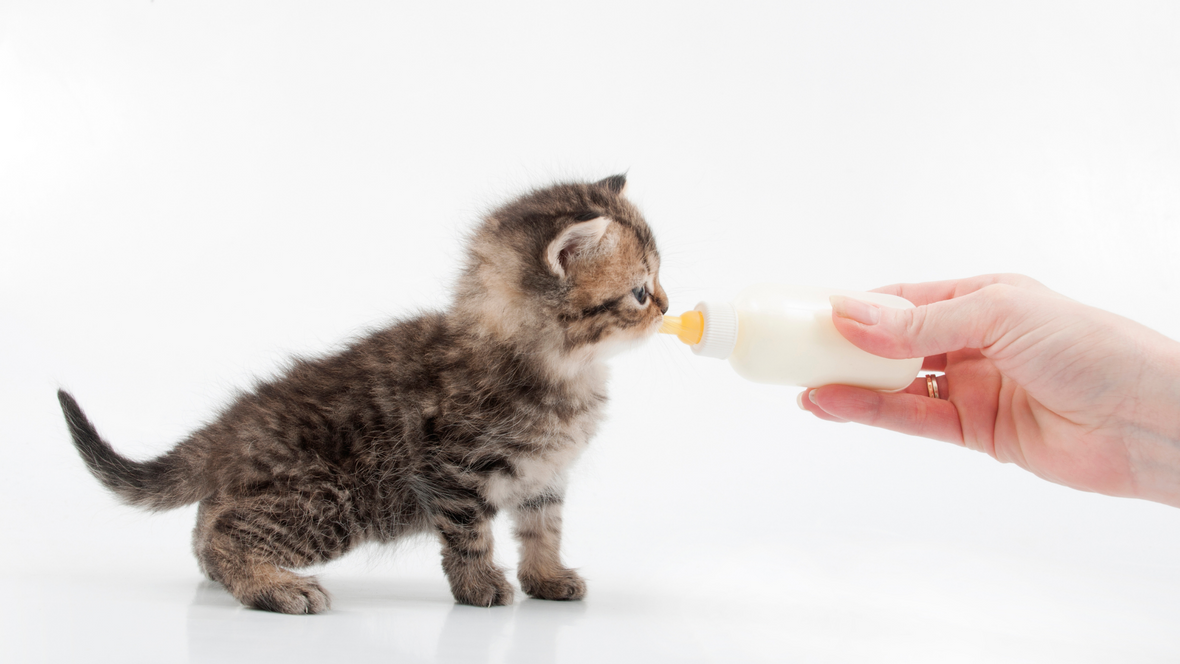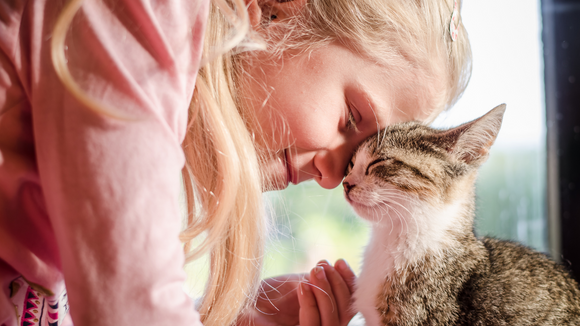
Kitten Nutrition 101 - Cat Food & Cat Nutrition (Part 1)
Table of Contents
Kitten Nutrition 101
At first, newborn kittens get all of their nutritional needs from mother's milk. After the first month, the mother begins to wean her little ones and encourages them to feed the solid foods. After weaning is over, the kitten should regularly eat wet or dry food to get all the nutrients they need.
In the growing stage, kittens require high-quality food that has more protein and fat. Kittens have a higher protein requirement than adult cats because they are growing and have higher energy levels. Also, keep in mind that the food should also be delicious and easy to digest.
If you want to know what to feed and how much to feed your kittens? Read the detailed article below.
What to Feed Kittens?
Kittens' dietary requirements are entirely different from adult cats. For the healthy and robust growth of kittens, their food must contain these nutrients:
- Higher protein levels (75g)
- Fat requirement (22.5 g)
- Higher amount of minerals and vitamins
As you know, kittens are full of energy and continue to play for most of the day, so they need more energy and protein to grow.
Wet Versus Dry Food for kittens

Kitten food is available in both wet and dry forms, and each has its own pros and cons. You should select the type of food for your kitten after consulting your vet. Other than that, the pros and cons of each kind of food are
Wet cat food
Wet cat food is very beneficial for kittens because it is high in moisture content and can keep your pet hydrated. It also helps the kidneyss stay healthy and keep the urinary tract clean. The only downside to wet cat food is that it sticks to the teeth and causes different dental problems.
Dry cat food
Dry cat food is an easy option for owners to feed their kittens even if you have several cats in your house. Dry food also helps remove tartar from their teeth. The problem with dry cat food is that cats tend to eat it in abundance and the result is obesity, heart problems, arthritis, respiratory problems, blood pressure, and diabetes mellitus.
How can we select a good quality Kitten Food?
Selecting the best food for your kitten will not be easy at first because it will be challenging to understand which food is correct. However, choosing the right food will keep your kitty happy and healthy.
In the first place, always select those foods that meet the nutritional requirements given by AAFCO. Then compare different foods and choose the best option for your kittens.
How Much to Feed a Kitten?
Kittens grow quickly at this young age and eat a lot of food compared to adult cats. We want to provide their bodies with everything they need for growth, but we also want to develop long-term healthy eating habits. You can also contact your vet and ask about the number of calories your kitten needs based on its current weight.
The amount of food for kittens should be such that they feel satisfied and do not hunger for other food. Young kittens often eat ¼ to ½ cup of food per serving. If your kitty is not gaining weight as required, increase her caloric requirement each day. You can use the body condition score to check your kitty's body weight.
What is the healthy growth rate of a kitten?
The average weight gain in kittens is around 1 pound per month. When a kitten is one month old, its weight should be 1 pound, and for each subsequent week, a one-pound gain is necessary for up to 4-5 months.
Kittens generally gain all of their weight and height in the first year of their life and then stabilize from there. Most of the growth plates present in the kitten's body stop growing after one year of age. When the growth plates are closed, it is recommended to switch your kitten to adult food.
Feeding Styles in kittens

The two main methods used to feed kittens are given below.
Free-Feeding Method
Dry kitten food is used to adopt free-feeding methods in kittens. In this method, a bowl full of food is available to the kittens at all times. This method is beneficial if you have a hectic routine.
The advantage of this method is that kittens can eat at any time and can eat as much as they want. The downside to this method is that kittens eat too much and lead to obesity. Similarly, if you have multiple cats in the household, older cats will eat kitten food.
Kitten food is not healthy for older cats, and if there is a dominant cat in the house, she will take over all the feeders. In any of these cases, the kittens can't get food according to their needs and will not grow properly.
The only way to eliminate this problem is to use the microchip-activated food bowls that open only when your kitty's microchip is scanned. This will protect the feeder from dominant cats.
Meal-Feeding Method
The second method is the meal feeding method. This method works best by using wet food because it cannot be left out all day. This method also helps you monitor how much each kitten eats and what the options are for each cat in a multi-cat household.
These methods require much more time and programming on the part of the owner. Kittens need their food at the right time, and you need to make sure you are always there to feed them. But this problem can be solved by using food bowls that operate on a timer and release the food at the set times.
Kittens are very active by nature and use their abilities to improve their hunting behavior and seek their daily diet. This behavior helps keep kittens physically and mentally healthy.
Best practices when feeding your kittens
As you know, cats can be stubborn in their eating behaviors, so think carefully before starting any feeding practice. A good feeding routine can improve your kitty's life. Here are some methods that can improve your kitties' quality of life.
Feed each kitten separately
As you know, cats are carnivores and prefer to eat alone. If you have multiple cats in your home, try feeding each cat separately in its own space. Feeding them together will result in aggression, anxiety, and stress.
Provide them clean, fresh water
Some cats easily drink water from the bowl, and others do not like to drink still water. If your kitties don't like drinking water from the water bowl, try using a water fountain to meet their water needs.
Change their feeding site
It is not necessary to feed your kitten in the same place every day. If you feed each meal in a separate area, the kittens will remain more physically and mentally active.
Provide small and frequent meals
Free feeding is not the method cats like the most because it cannot satisfy their inner predatory nature. In fact, free eating results in overeating and weight gain. Giving them frequent meals in different places will meet their internal needs and keep them active. Furthermore, cats' stomachs are also designed to eat regular small meals rather than large meals at once.
Make eating fun and engaging
To keep your kitties busy and mimic their hunting behavior, you can use puzzle feeders. There are different puzzle feeders available on the market that will mentally stimulate kittens and provide smaller, more frequent meals.
Conclusion
Feeding your kittens is different from feeding adult cats because they have different nutritional needs. If you fed your kittens according to AAFCO requirements, your kittens would stay happy and healthy.




